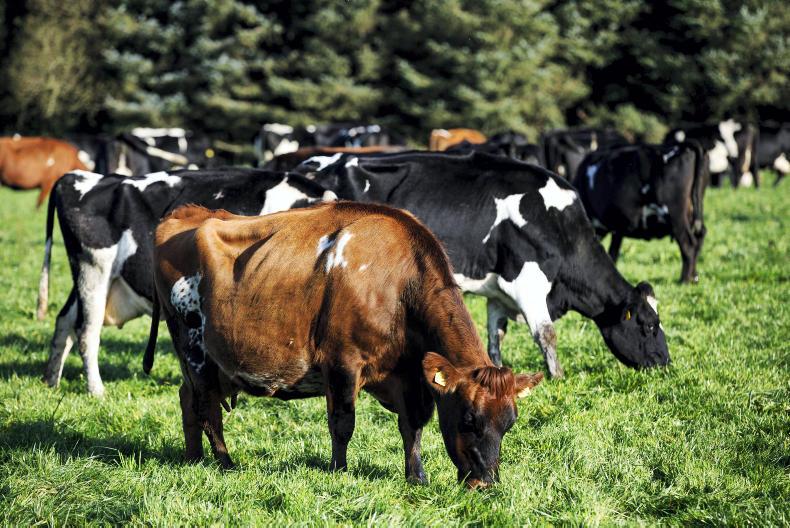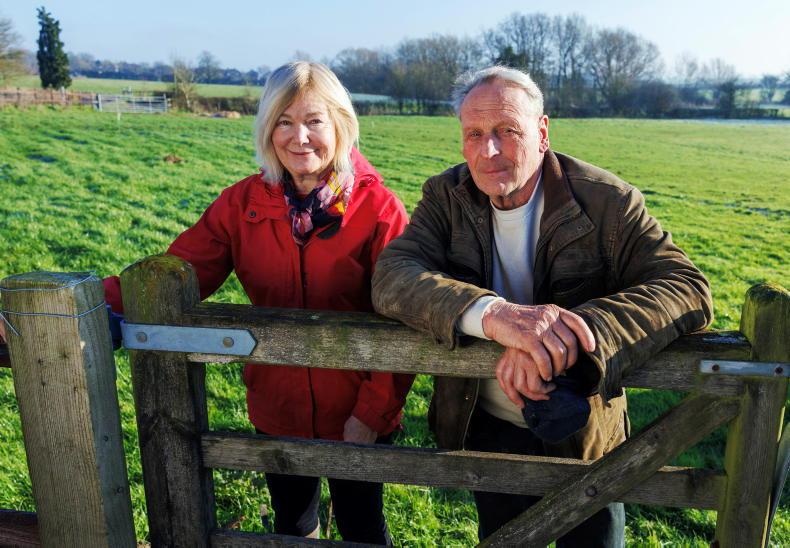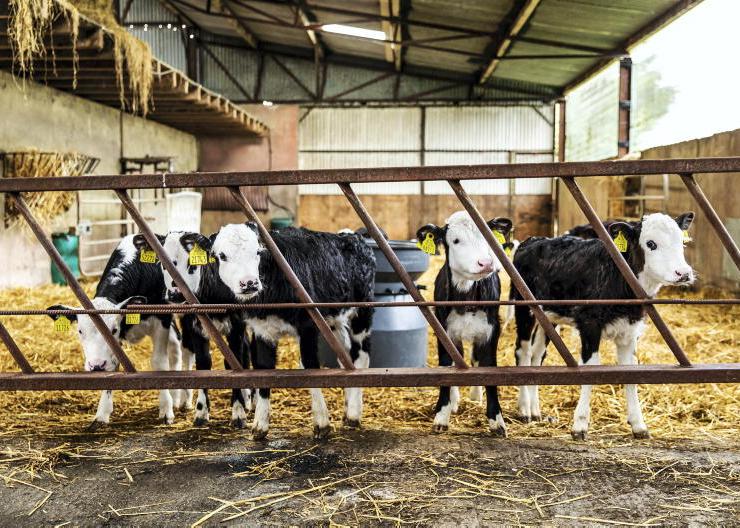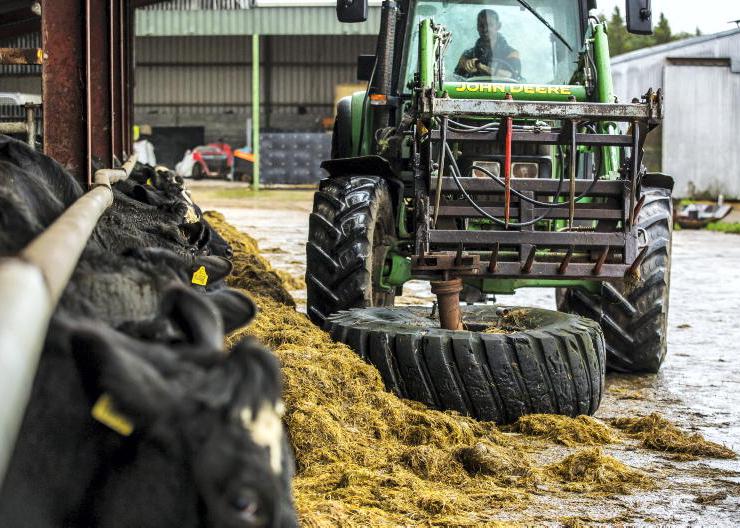Soil moisture deficits by themselves do not indicate the presence of drought. They instead indicate the amount of rain required to bring the soil up to field capacity which is fully waterlogged.
During the drought of 2018, soil moisture deficits were up to 80 and 90mm, whereas now they are mostly around 50mm in the worst affected parts. This is more than enough to restrict grass growth rates.
The good news is that unsettled weather is on the way, bringing showers, some heavy, towards the end of the week so hopefully the current period of low growth rates on some farms will be short lived.
Herd demand
With this light at the end of the tunnel, it’s important not to panic. Walk the farm and measure average farm cover and compare growth rates to herd demand.
The best case scenario is to avoid feeding too much expensive or too much low-quality feed to the herd.
For me, the magic number of average farm cover per hectare. This should not be let drop below 500kg/ha.
Feed should be introduced if there is a risk of this happening. This feed can come in three forms; meal (expensive), silage (low-quality) or grazing silage (low-quality).
There’s pros and cons to each. If fields that are closed for silage can be grazed then that’s a good option once covers are not gone too strong.
Where a small quantity of extra feed is required, such as up to 4kg/cow then meal is probably the easiest option but it doesn’t have a great substitution effect, as in the overall diet will increase unless the strip wire is used to allocate grass.
Feeding silage is another option and should be considered where the grass deficit is very pronounced.
Another option - widely used in New Zealand - is to strip graze silage ground where that silage is on the milking platform.
Another option - widely used in New Zealand - is to strip graze silage ground where that silage is on the milking platform.
Effectively, the silage is treated like a fodder crop with the herd entering the field for two or three hours after milking to eat a required amount of poor-quality grass before going back to their normal paddocks.
Apart from the financial cost of feed, there is also the cost of lost milk production due to feeding inferior feeds such as silage so only put in extra feed if it is really necessary.
On most farms, the average farm cover can be run down a bit more before drastic action needs to be taken.
Farmers should continue to spread fertiliser on paddocks after being grazed.
Read more
Grass tips: dealing with a soil moisture deficit
A new Kerry model - what will it mean for farmers?
Soil moisture deficits by themselves do not indicate the presence of drought. They instead indicate the amount of rain required to bring the soil up to field capacity which is fully waterlogged.
During the drought of 2018, soil moisture deficits were up to 80 and 90mm, whereas now they are mostly around 50mm in the worst affected parts. This is more than enough to restrict grass growth rates.
The good news is that unsettled weather is on the way, bringing showers, some heavy, towards the end of the week so hopefully the current period of low growth rates on some farms will be short lived.
Herd demand
With this light at the end of the tunnel, it’s important not to panic. Walk the farm and measure average farm cover and compare growth rates to herd demand.
The best case scenario is to avoid feeding too much expensive or too much low-quality feed to the herd.
For me, the magic number of average farm cover per hectare. This should not be let drop below 500kg/ha.
Feed should be introduced if there is a risk of this happening. This feed can come in three forms; meal (expensive), silage (low-quality) or grazing silage (low-quality).
There’s pros and cons to each. If fields that are closed for silage can be grazed then that’s a good option once covers are not gone too strong.
Where a small quantity of extra feed is required, such as up to 4kg/cow then meal is probably the easiest option but it doesn’t have a great substitution effect, as in the overall diet will increase unless the strip wire is used to allocate grass.
Feeding silage is another option and should be considered where the grass deficit is very pronounced.
Another option - widely used in New Zealand - is to strip graze silage ground where that silage is on the milking platform.
Another option - widely used in New Zealand - is to strip graze silage ground where that silage is on the milking platform.
Effectively, the silage is treated like a fodder crop with the herd entering the field for two or three hours after milking to eat a required amount of poor-quality grass before going back to their normal paddocks.
Apart from the financial cost of feed, there is also the cost of lost milk production due to feeding inferior feeds such as silage so only put in extra feed if it is really necessary.
On most farms, the average farm cover can be run down a bit more before drastic action needs to be taken.
Farmers should continue to spread fertiliser on paddocks after being grazed.
Read more
Grass tips: dealing with a soil moisture deficit
A new Kerry model - what will it mean for farmers?










SHARING OPTIONS